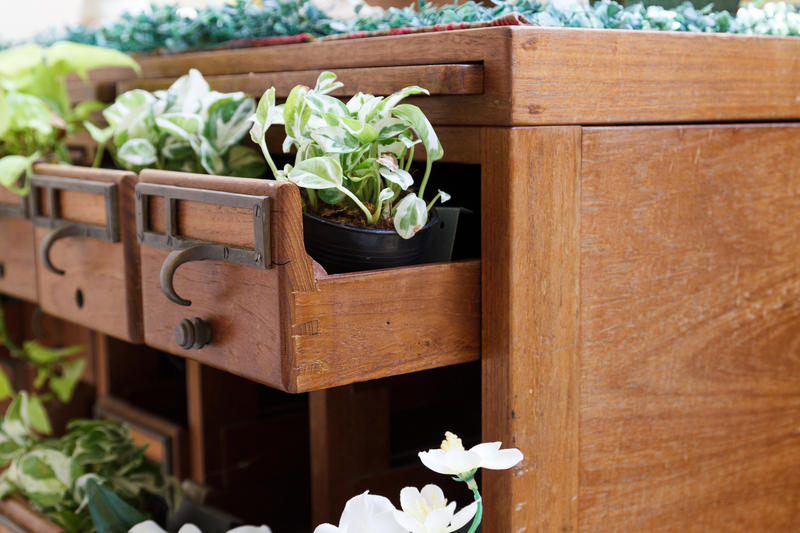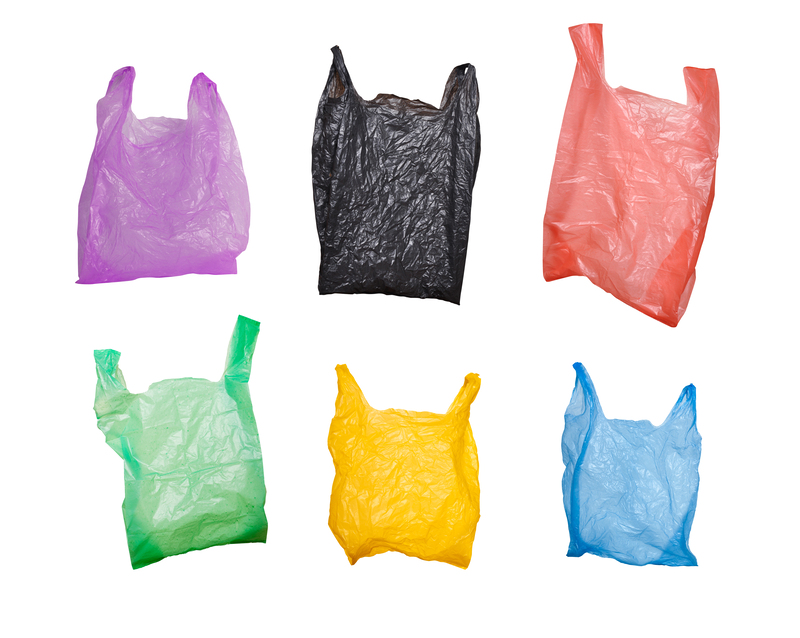The Potential Dangers of Space Debris: A Look at the Consequences of Sending Our Rubbish into Orbit
Posted on 17/09/2024
The Space Junk Crisis
In recent years, the issue of space debris has become a growing concern for space agencies and scientists around the world. With hundreds of thousands of objects orbiting Earth, including old satellites, rocket parts, and other pieces of man-made garbage, the potential consequences of this accumulation are proving to be more serious than previously thought. As we continue to send more and more objects into space, it's important to understand the potential dangers and consequences of this growing problem.

The Rising Number of Objects in Orbit
According to NASA, there are currently over 500,000 objects larger than a marble orbiting Earth. These objects range from old satellites and rocket parts to smaller pieces of debris that have broken off from larger objects. With the increasing number of satellites being launched by both government and private entities for communication and research purposes, the amount of space junk is only expected to grow.
The Threat to Spacecraft and Satellites
One of the main concerns surrounding space debris is the threat it poses to functioning spacecraft and satellites. With objects traveling at speeds up to 17,500 mph in low Earth orbit, even a small piece of debris can cause significant damage upon impact. This not only puts astronauts on board the International Space Station at risk but also jeopardizes critical communication and navigation systems that rely on satellites.
Risks for Future Space Missions
As human exploration into deeper space continues to expand, so does the risk of encountering space debris. In addition to traditional rockets used for launches, smaller spacecraft such as cubesats are also contributing to the growing number of objects in orbit. If left unchecked, these smaller pieces could create a dangerous environment for future missions.
Environmental Impact
Aside from physical risks, space debris also poses a threat to our planet's environment. When objects fall back to Earth, they can release toxic chemicals and materials into the atmosphere. Additionally, collisions in orbit could lead to a cascade effect known as the "Kessler Syndrome," where one collision creates more debris, leading to a chain reaction that makes space even more hazardous for future missions.
The Need for Solutions
To address the growing problem of space debris, scientists and researchers are working on various solutions such as developing new technologies to track and remove debris from orbit, designing spacecraft with self-destruct capabilities, and limiting the amount of debris released during launches. However, these efforts require international cooperation and funding to be effective.
Pros and Cons
As with any issue, there are both pros and cons to consider when it comes to space debris. On one hand, our reliance on satellite technology has greatly improved our daily lives in terms of communication, navigation, weather forecasting, and more. But on the other hand, we must also take responsibility for managing the waste we create in space and strive for sustainable practices to prevent potential disasters.
Tips to Reduce Space Debris
While it might seem like an issue that is beyond our control as individuals, there are steps we can take to help reduce the amount of space debris. One simple way is to support companies that incorporate sustainable practices in their satellite launches. Additionally, properly disposing of electronic waste here on Earth can also limit the amount of debris being sent into orbit.

Takeaways
The consequences of sending our rubbish into orbit are not just limited to cluttering up space - they have real dangers and impacts that can reach back down to Earth. As technology continues to advance and our exploration into space expands, it's crucial that we take action now to address this pressing issue before it becomes too late.
In Conclusion
In conclusion, the potential dangers of space debris cannot be ignored. With the increasing number of objects in orbit, the risks to our astronauts, satellites, and environment are only growing. It's time for governments and private companies to work together towards finding sustainable solutions and steps must be taken by individuals as well to prevent this crisis from getting worse. Only through collective efforts can we ensure a safer and cleaner space for future generations.





